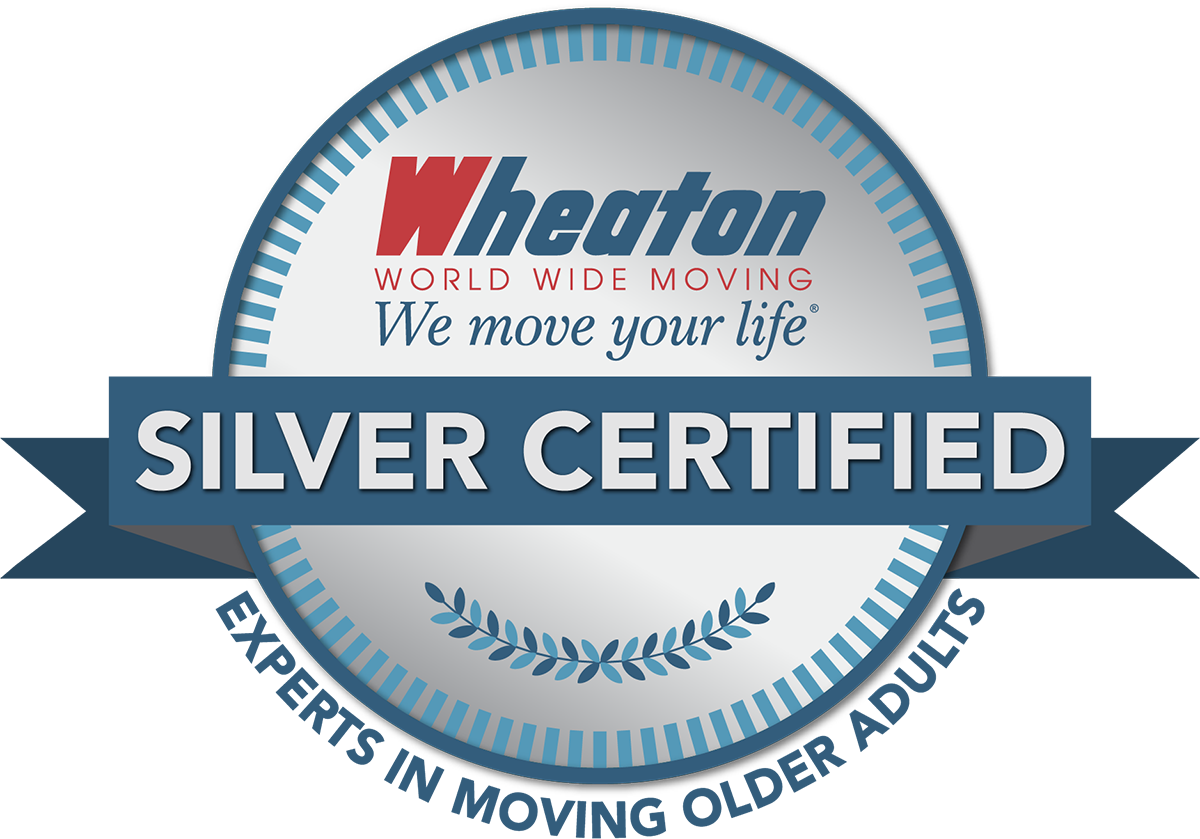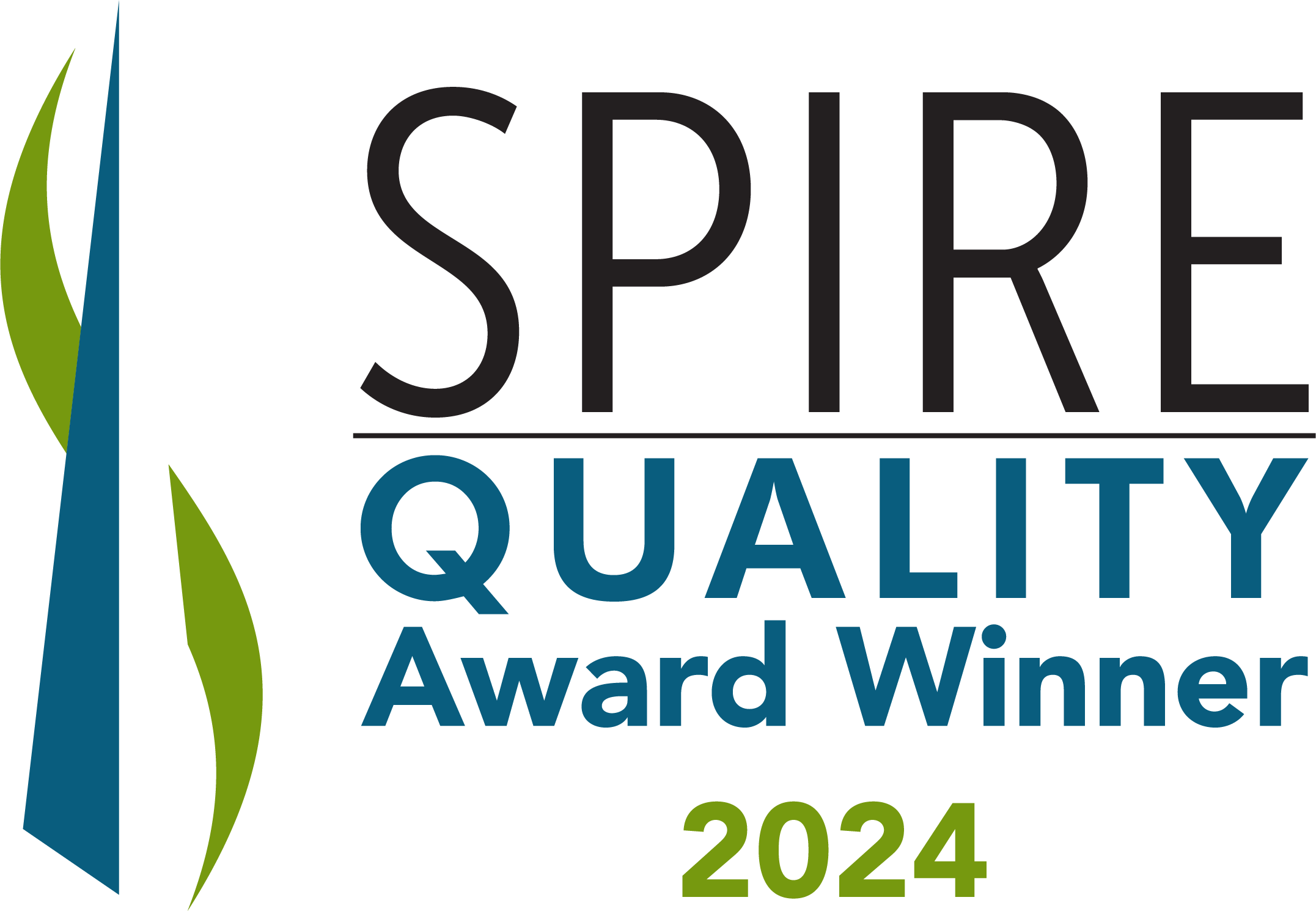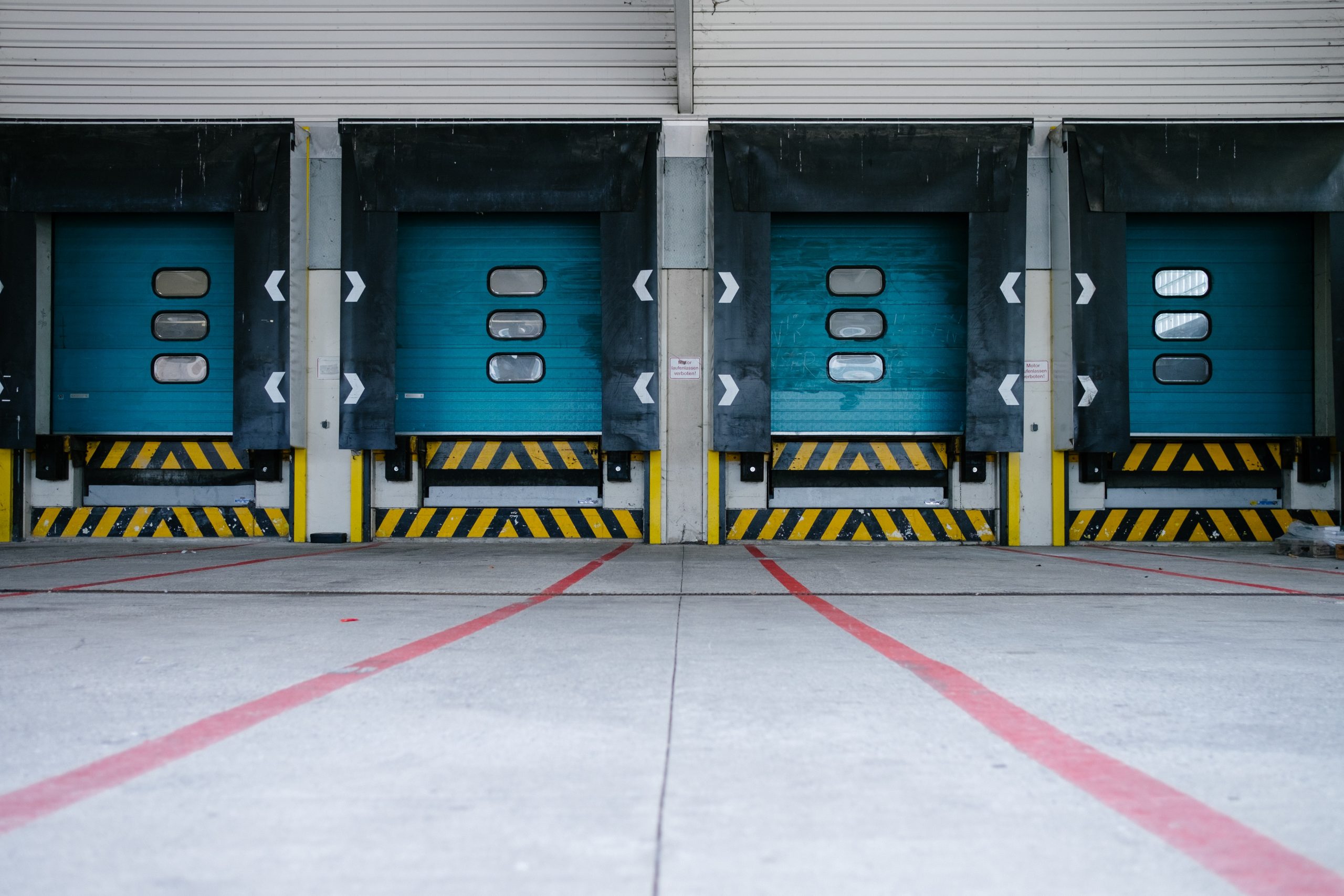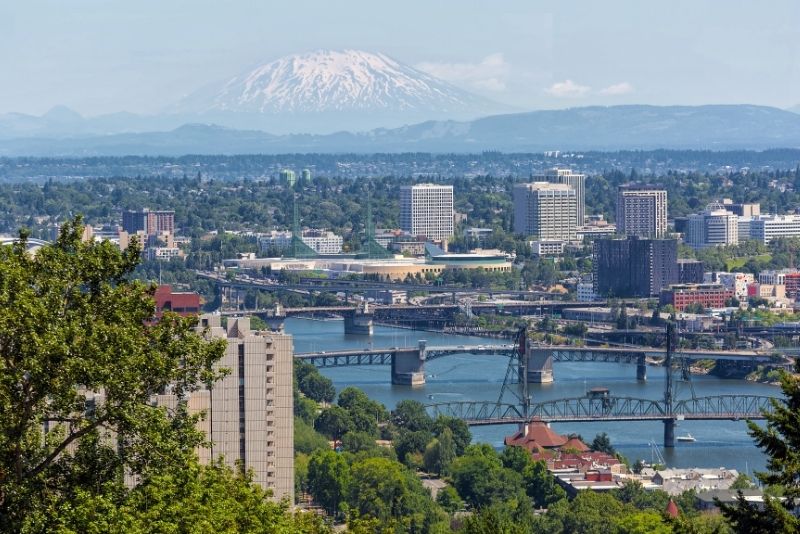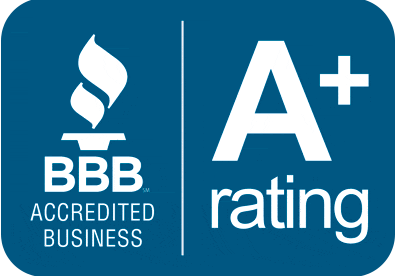Fulfillment Logistics vs. Procurement: What is the Difference?
Figuring out the ins and outs of supply chain processes is a challenging feat. However, as a business owner, you probably want to understand the supply chain basics, especially if you are outsourcing fulfillment. This way, you can ensure your 3pl company or internal supply chain workers do their job.
Fulfillment logistics and procurement are buzzwords you will hear when discussing supply chain logistics. Although they both involve getting the product in and out of the warehouse, the basics of the two are quite different. Here is the breakdown of what these two supply chain processes are.
Fulfillment Logistics: the Definition
It is typically exciting for your company when customer orders come in, especially if you are a small business. However, most people realize that the sale is only completed once it arrives at its final destination. So, what happens between the sale and the customer or business receiving the product? To put it simply, that in-between period is fulfillment logistics.
Now that we have the name, what happens in the fulfillment logistics process? The order fulfillment process is broken into five main parts: receiving inventory, storing inventory, order processing, shipping out orders, and processing returns.
- Receiving Inventory: A company’s inventory almost always comes from a third party. Once received, it has to be unloaded, sorted through, and audited for defects that may have happened en route.
- Storing Inventory: Inventory storage is an integral part of the process because you need somewhere to house the product before it gets fulfilled. Then it needs to be organized in order to optimize the other fulfillment logistics processes.
- Order Processing: There are a lot of different pick and pack methods 3pl companies can choose from. This is the primary process of finding the specific item(s) in the order and packaging them up correctly.
- Shipping: Now that the order is packed, it is time to add it to the stack that the 3pl company will drop off to UPS, FedEx, USPS, freight lines or airlines.
- Processing Returns: Depending on the company, the return processing process starts when packing the item, as you have to add a shipping label or an invoice. When returns do come in (and are not damaged or defective), they are pushed through quality control and added back into the inventory.
All of this, except for processing returns, occurs between when a customer places and receives the order. For an ecommerce company, the fulfillment process could only take a few days or less, depending on the team’s capabilities of handling logistics and order fulfillment.
A strong, reliable team is needed to complete the fulfillment logistics process efficiently and effectively because order fulfillment is more complex than it may appear. Throughout those five steps, inventory management, order processing and supply chain management coincide to get the items correctly packed, checked for defects, and shipped out as quickly as possible.
Procurement: Defined
While fulfillment happens between the time the order is placed and the time the customer receives the package, procurement happens before anything goes on sale. According to Abby Jenkins in the article What is Procurement? Types Processes and Technology, “Procurement involves every activity involved in obtaining the goods and services a company needs to support its daily operations, including sourcing, negotiating terms, purchasing items, receiving and inspecting goods as necessary and keeping records of all the steps in the process.”
There are three main steps to the procurement process: the sourcing stage, the purchasing phase, and the payment stage.
- The Sourcing Stage: At first, a lot of research has to be done in the sourcing stage to determine the needs of the company, what kind of vendor you need and how to secure your vendor.
- The Purchasing Stage: Once you have chosen your vendor, you have entered the purchasing phase, which involves the negotiation process and placing orders and receiving them.
- The Payment Stage: The payment stage involves a lot of checking and reporting, as it should when you pay large inventory invoices. It involves three-way matching, an accounting term you can learn about here, as well as reviewing and approving invoices to be paid, facilitating the payment process, and keeping very organized records of everything.
The procurement process is vital because it sets everything up for the rest of the supply chain processes. Procurement involves finding, building a business connection, and purchasing from a supplier that will allow you to minimize your cost of goods. Therefore, in response, your procurement process is massively improved, and you are making a higher profit margin.
However, once the product is dropped off at the warehouse and ready to go live, the procurement process officially passes the baton to the fulfillment center to complete the orders.
Breaking Down the Differences
While both procurement and fulfillment logistics play an important role in supply chain execution, these two supply chain processes could not be more different. Procurement has much more to do with the planning, negotiating, and preparation side of things. On the other hand, handling fulfillment logistics is much more about packing and delivering orders, storage space, order fulfillment, packing, and reducing shipping costs.
Most of the procurement process has to come from in-house as there are a lot of strategies to brand expectations involved; however, many companies outsource third-party logistics 3pl companies. In addition, companies hire a fulfillment company for orders and shipment storage to save time and money from investing in warehouses and trucks and an entire supply chain team.
Companies are saving ample time by using a logistics company with a full range of fulfillment services. Businesses can now use the time they would have spent on fulfillment logistics to focus on lowering the cart abandonment rate (for ecommerce companies) and improving customer satisfaction.
No matter the company you work for, customer expectations will always be high, as that is just the current day scenario. This is why customer service is essential to a business’s success. Customer service is sometimes entwined with the processes of fulfillment logistics if there is an issue or the customer has a specific request.
On the other hand, no customer service is involved on the procurement side of the supply chain. This is mainly because the customer is not involved during procurement. Still, the customer is involved during the fulfillment process by purchasing the item, which causes the need for customer service within the fulfillment processes.
Fulfillment Logistics and Procurement: They Rely on Each Other
While fulfillment logistics and procurement are so different, they still heavily rely on each other in order to complete the supply chain process. For the fulfillment team to do their job, they need the procurement team to go through the necessary steps to get the product to them. If the fulfillment team does not hold up their end of the bargain, the orders will be incomplete because the customer never received them. In this case, sales and profit would tank, which would not allow the procurement team a budget to order more products.
Even though procurement and fulfillment logistics do not share many similarities, they are built to work together as a team to ensure your supply chain process is optimized for maximum efficiency.


